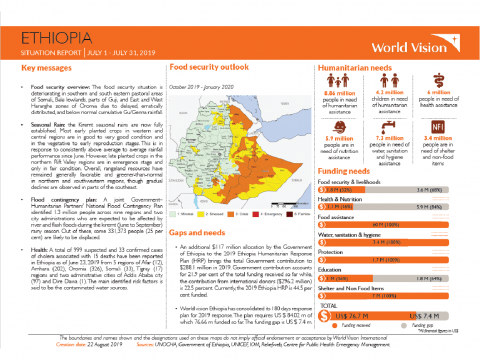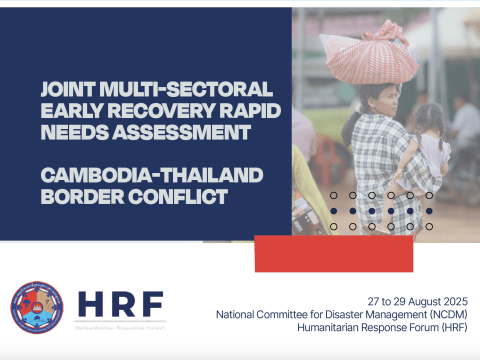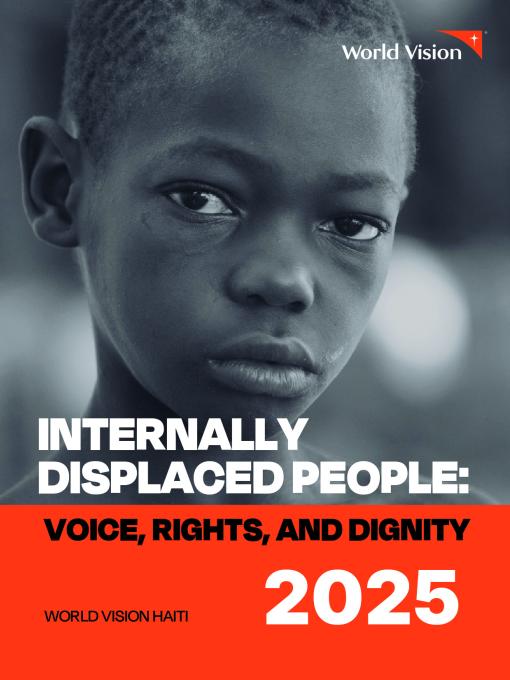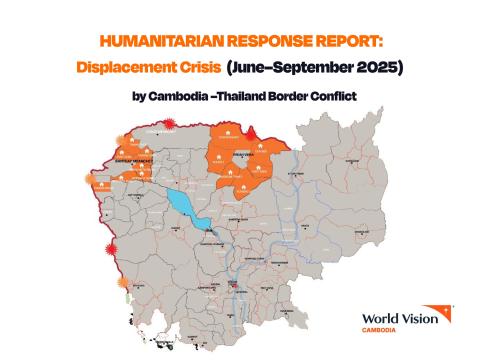Ethiopia - July 2019 Situation Report
Download
- Food security overview: The food security situation is deteriorating in southern and southeastern pastoral areas of Somali, Bale lowlands, parts of Guji, and East and West Hararghe zones of Oromia due to delayed, erratically distributed, and below normal cumulative Gu/Genna rainfall.
- Seasonal Rain: the Kiremt seasonal rains are now fully established. Most early planted crops in western and central regions are in good to very good condition and in the vegetative to early reproduction stages. This is in response to consistently above average to average rainfall performance since June. However, late-planted crops in the northern Rift Valley regions are in the emergence stage and only in fair condition. Overall, rangeland resources have remained generally favorable and greener-than-normal in northern and southwestern regions, though gradual declines are observed in parts of the southeast.
- Flood contingency plan: A joint Government– Humanitarian Partners’ National Flood Contingency Plan identified 1.3 million people across nine regions and two city administrations who are expected to be affected by river and flash floods during the kiremt (June to September) rainy season. Out of these, some 331,373 people (25 per cent) are likely to be displaced.
- Health: A total of 999 suspected and 33 confirmed cases of cholera associated with 15 deaths have been reported in Ethiopia as of June 23, 2019 from 5 regions of Afar (12), Amhara (202), Oromia (326), Somali (33), Tigray (17) regions and two administrative cities of Addis Ababa city (97) and Dire Dawa (1). The main identified risk factor is said to be the contaminated water sources.
Share


